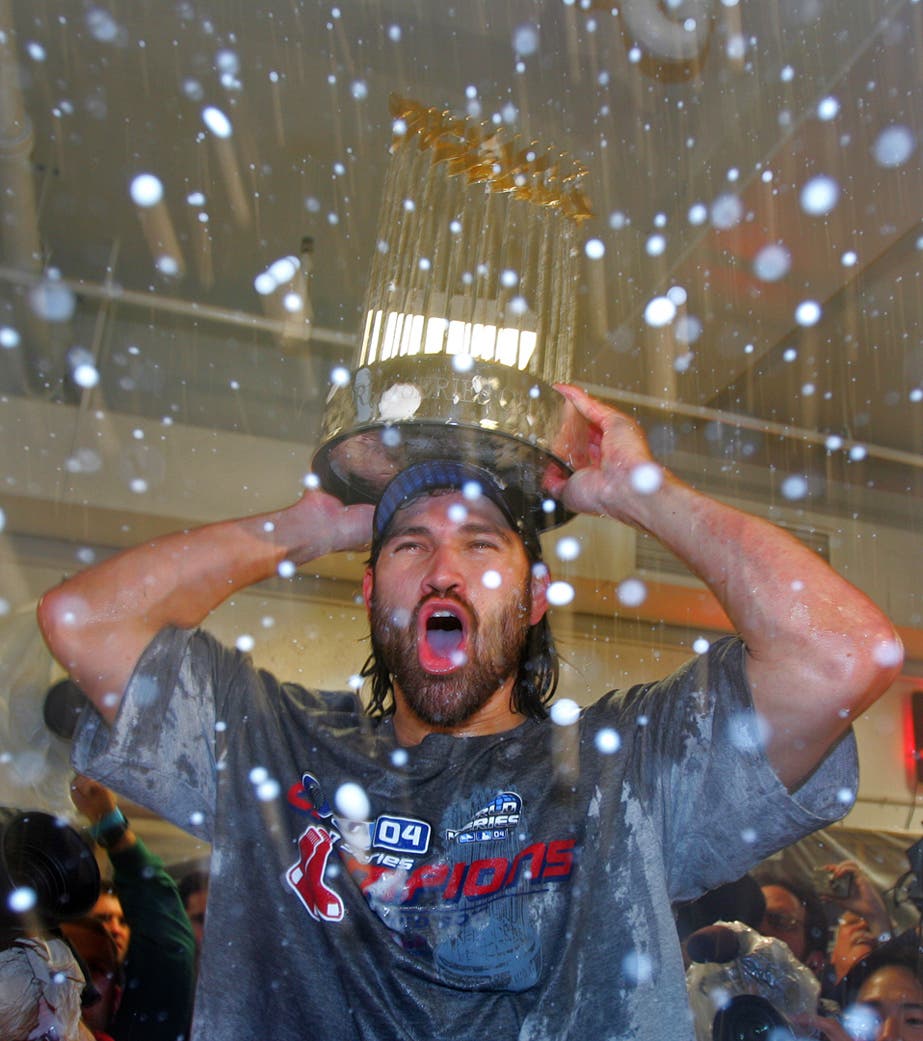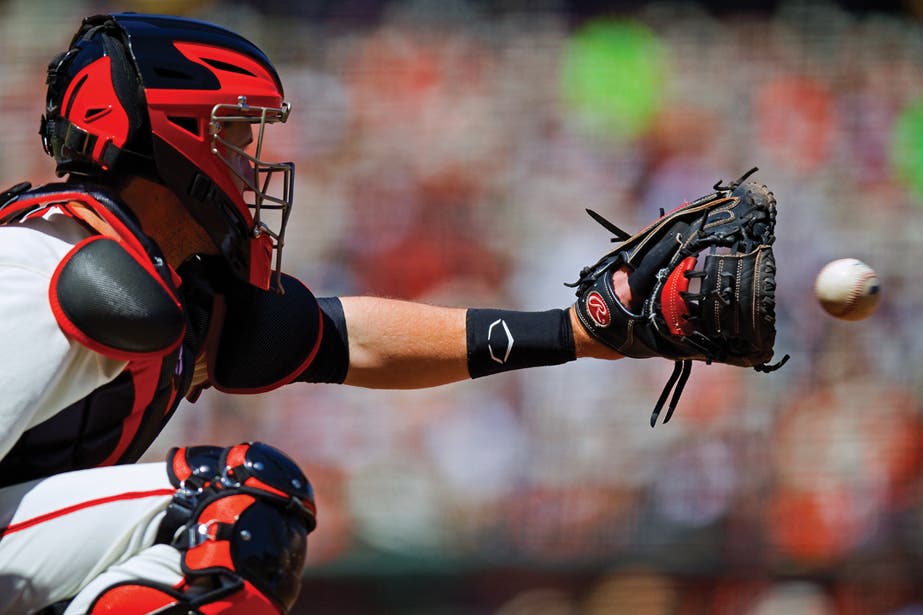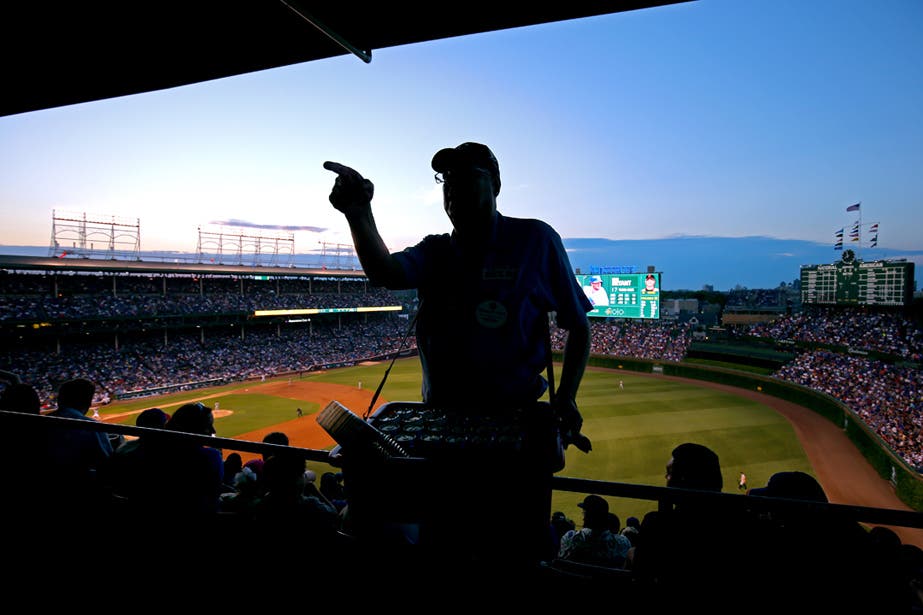Recognized as a top-tier sports photographer for over 30 years, freelancer Brad Mangin has regularly covered assignments for Sports Illustrated and Major League Baseball, and is acclaimed for his iconic images of everything from the 1996 Summer Olympics Games in Atlanta to the 2015 World Series between the Kansas City Royals and the New York Mets. His incomparable archive contains images of some of the most memorable moments in sports over the past few decades, and he’s the founder and owner of SportsShooter.com, an online sports photography resource.
Among Brad’s outstanding books: Instant Baseball: The Baseball Instagrams of Brad Mangin, that showcases his remarkable iPhone images of the 2012 MLB season from Spring Training through the World Series, and “Championship Blood: the San Francisco Giants 2014 World Champions” that captures the team’s relentless spirit of passion and persistence. Brad earned a degree in photojournalism from San Jose State University in 1988, and two years later worked for legendary sports photographer Neil Leifer as the Bay Area staff photographer at the National Sports Daily. To give you a better understanding of what makes Brad Mangin tick and why his baseball images are unique and timeless, here are his insightful interview responses:
Q. What equipment do you typically use in your work?
A. I’m pretty basic. Professionally, I shoot with a Canon EOS-1D X digital SLR cameras and Canon lenses. My main lens for shooting baseball is the fabulous 400mm 2.8, along with the 70-200mm 2.8. I also use the 16-35mm 2.8. I have a few Gitzo carbon fiber monopods that I’ve been using for a long time and I keep everything in a Think Tank rolling case.
Q. What is your mission statement? What are you generally trying to achieve with your photography?
A. I love telling stories with my pictures from the ballpark and giving the fans a different look at the game that they see every day on television or in person from the stands. I have great access, being able to shoot from the field and having the chance to hang around the dugouts before the game to capture candid moments of players getting ready. It’s not just about guys swinging the bat and throwing the ball. It’s about capturing the beauty of the game—the emotion, the details, the history. I feel like my job is to honor the game by documenting the history of our National Pastime the best way I can. I’ve donated my life’s work to the National Baseball Hall of Fame and Museum in Cooperstown, New York and that’s very important to me.
Q. Were you a serious enthusiast before going pro? What made you decide to GoPro?
A. I was a huge San Francisco Giants fan and had a Kodak 126 Instamatic like many kids growing up in the 1970s. I switched to a Kodak 110 camera when those came out but was never interested in photography. I wanted to be the next Giants radio play-by-play announcer. I first got into photography during my junior year of high school when I took a basic photo class from a fabulous teacher named Paul Ficken. My best friend Joe Gosen had taken the class and told me I’d love it. Joe let me use his Pentax ME-Super (1982) that semester and I was hooked. Joe and I both decided to major in photojournalism and got deeply involved in newspaper photography in college at San Jose State.
Q. What is it about baseball that makes it so special for you and inspires your creative quest as a photographer?
A. I love that it’s every day, that it’s a game of failure, that is very challenging, that it’s a long season, and that every player has stretches of good and bad and can’t get too high or too low. These guys go out there and get to experience a game that has more history than practically any other sport in America, a game that’s changed very little over the years in its basic concept or design. Baseball is a perfect game and I am honored to capture its memorable moments.
Q. What is your unique “sauce,” the concept, approach or idea that lets you consistently capture images that stand the test of time?
A. I guess it comes down to having an in-depth knowledge and passion for the game. If you don’t have a feel for the game, baseball can seem long and boring, but true baseball fans know it’s anything but. As a photographer, I rely on my knowledge of the sport and that gives me the confidence to be at the right place at the right time, and to take chances. I love to shoot from different angles and rarely every shoot from first base, which is the standard approach. Sports photography legend Walter Iooss says. “Go where other photographers aren’t,” so I’m always looking for a different angle.
I’m also very lucky to have worked with great picture editors, Paul Cunningham at Major League Baseball Photos, and Nate Gordon at Sports Illustrated. They really helped me to become a better photographer, to shoot unique pictures that nobody else had by taking risks. Both were very supportive of the idea of taking risks and coming up with distinctive pictures. You have to take huge risks to get high rewards and knowing that these guys have your back helps you do that. I’ll never forget the time Nate told me, ”I don’t want to see baseball cards.” That’s why my mission is to create images that convey a sense of time, a sense of place, and a sense of history. A good example is my classic picture of Barry Bonds behind the plate as he hit home run number 756 to pass Hanks Aaron in the all-time career home run list with the scoreboard in the background—I shot it with a remote camera.
Q. You have created and astonishing portfolio of pictures posted on Instagram that were shot with an iPhone camera. What was the idea behind this project?
A. I wanted to prove you can make great pix with an iPhone-to disprove the often-repeated comment, “Sure you can take great picture because you use a Pro DSLR and a 400mm f/2.8 lens.” It’s a fun challenge to do everything in the phone and I love the social media aspect. As a freelancer only a small percentage of what I shoot winds up on a printed page and getting a Leading-Off 2-page spread in SI is rare. So when I went to the Giants’ recent home opener, I decided to get there before sunrise. I made 2 beautiful pictures with my iPhone and instantly shared them by 7 AM on Instagram, Twitter, and Facebook. In a few clicks, I made photographers and fans happy all over the world—very cool. It’s all about sharing art and that’s what’s fun for me.
Q. What shots mean the most to you? Which ones to you consider personal accomplishments?
A. That’s hard to say because I’ve shot so many thousands of pictures over the years, but I do like those that really capture revealing moments in baseball history and the grandeur of the sport. To give you a better idea of what I mean, I’ve commented briefly on some of the images in the picture portfolio running with this article. Having said that, I’m an incurable perfectionist and I always find stuff wrong, flaws with everything I do, and see ways I could have done better. I suppose it has helped me evolve.
Q. How do you see your career evolving and do you have any specific projects in mind in the near future?
A. I’m gonna keep trying to do what I have always done. I love photography and I love the game of baseball. There’s nothing better than going to the ballpark with a camera. I believe the game is better for having me out there and I’m going to continue doing what I do so long as I can find people willing to pay me for going to the ballpark.
Q. Where can people go if they want to learn more about you and see more of your work?
A.Here are some options and links to my books.
Follow me on Twitter @bradmangin
Follow me on Instagram: @bmangin
Follow me on Facebook: http://www.facebook.com/mangin
Mangin Photography Online Archive: http://www.manginphotography.net
Mangin Photography Online Portfolio: http://www.manginphotography.com
I have published four books:





















